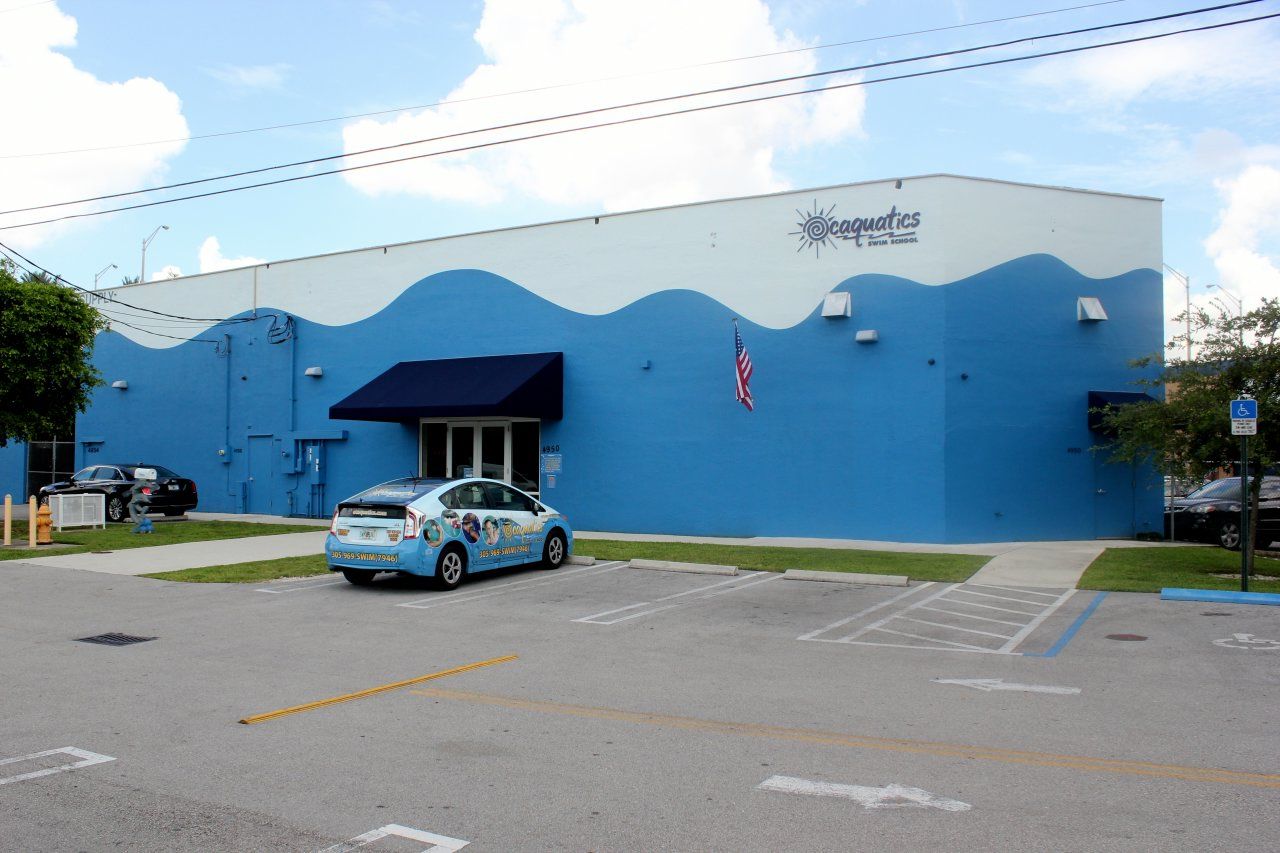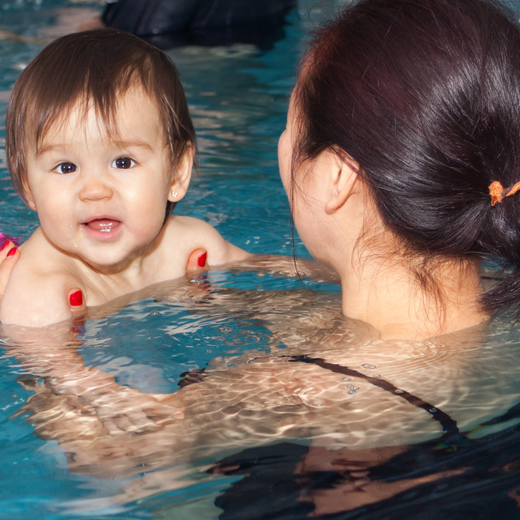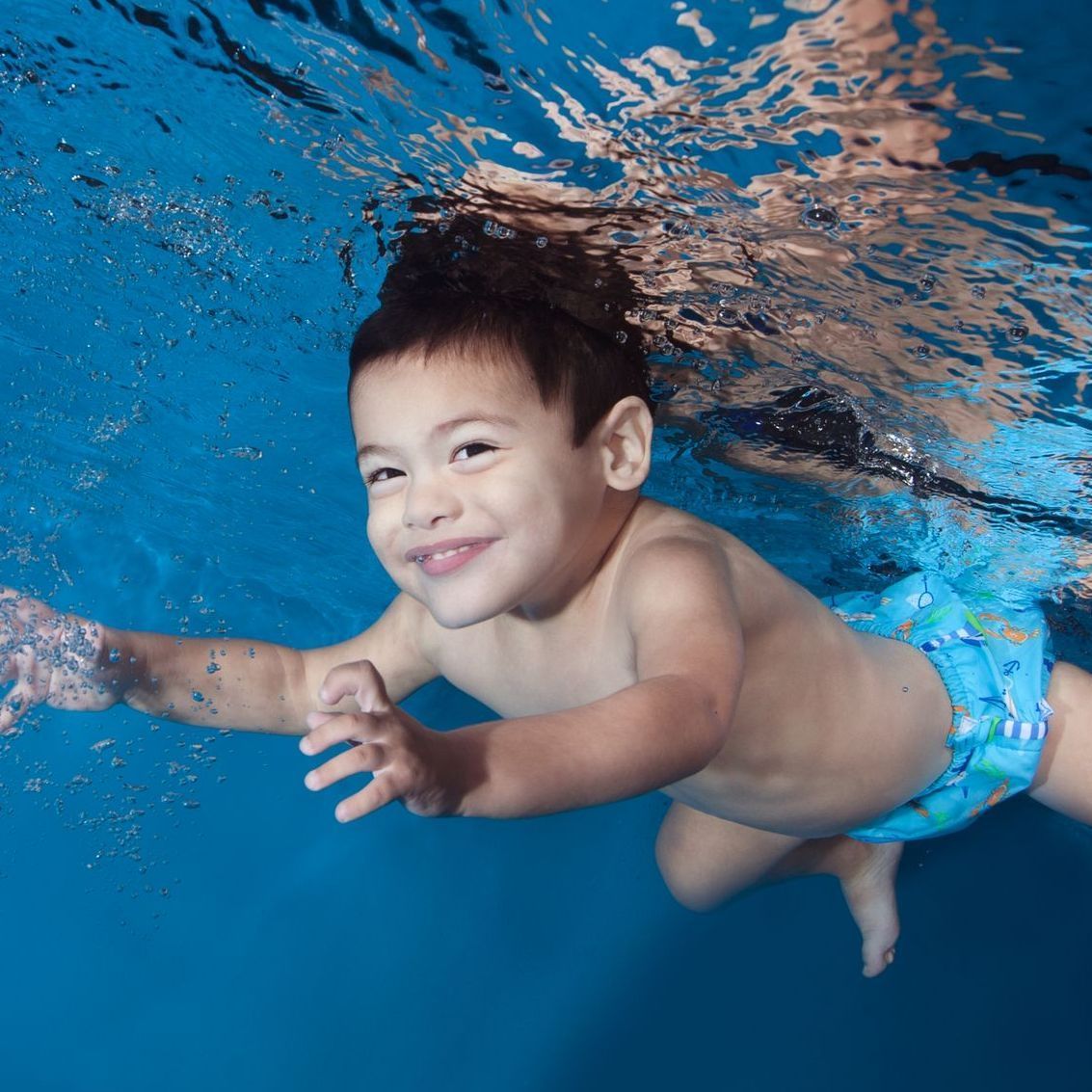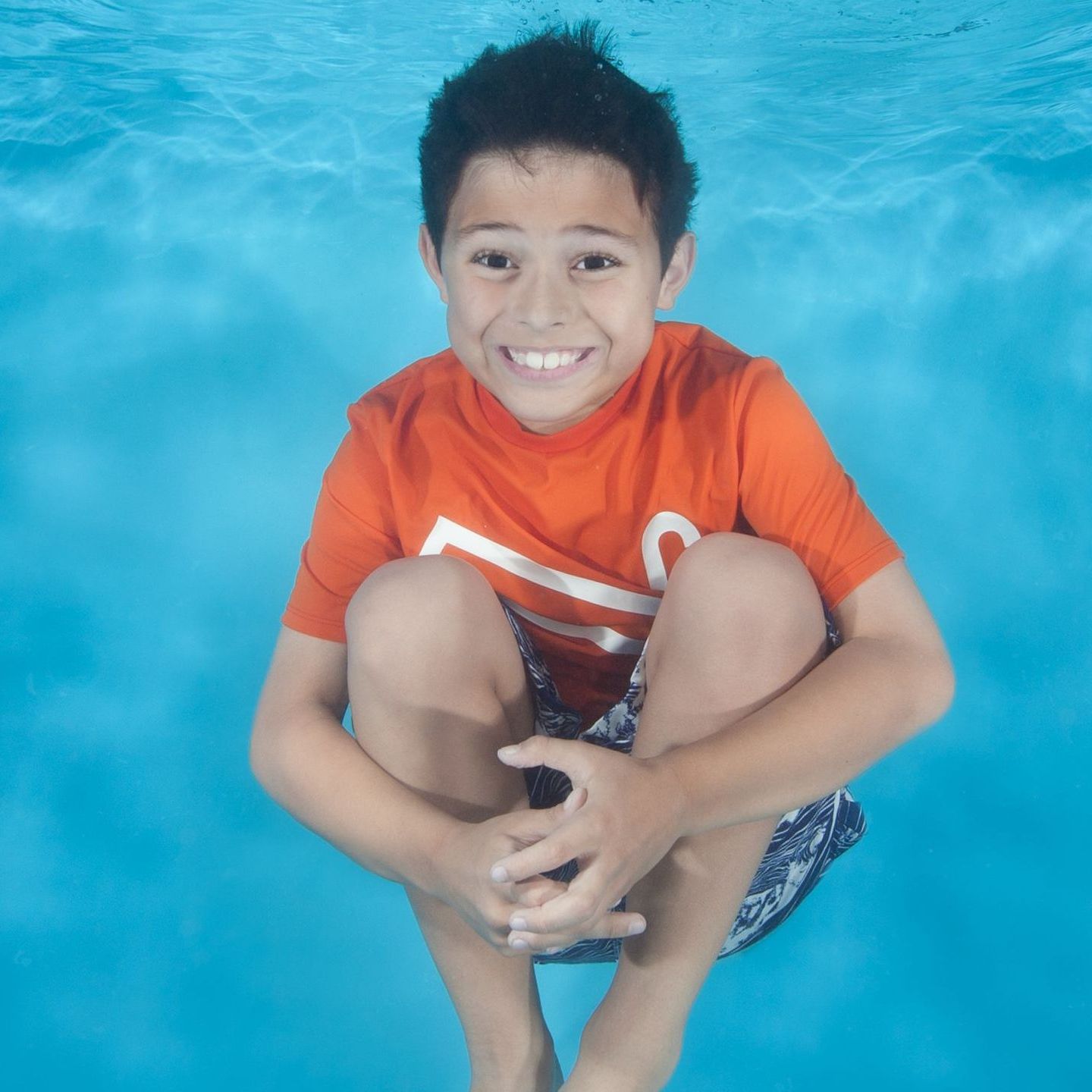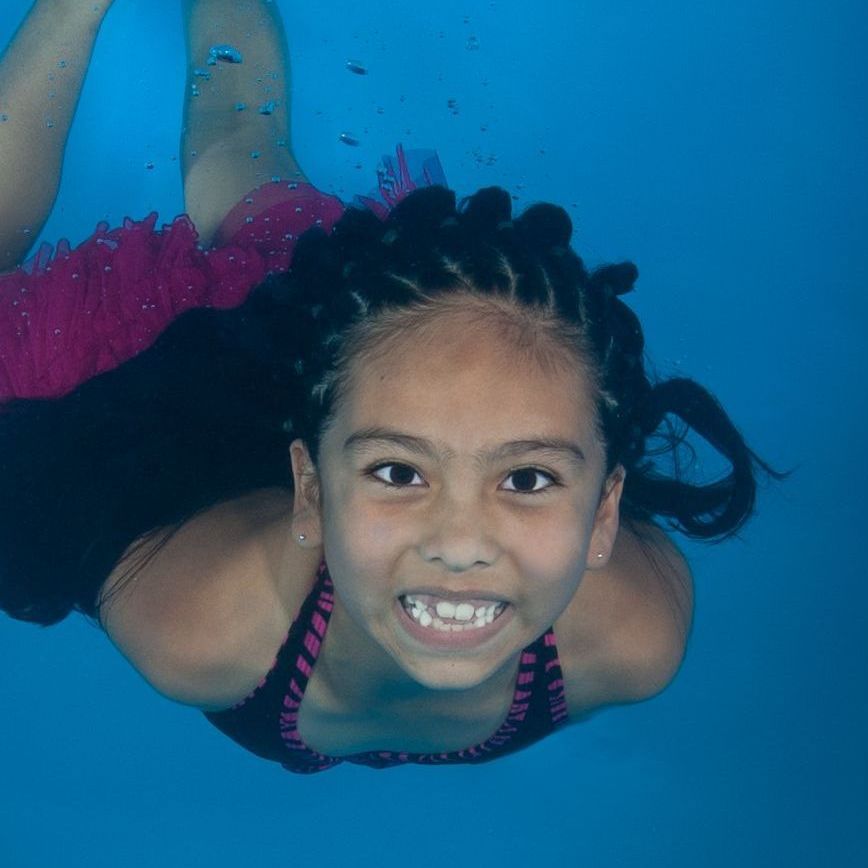Welcome to
Ocaquatics Swim School
Fun Swimming Lessons in Indoor, Warm Water Pools
WHY Ocaquatics?
Since 1994, no one has taught more children to swim in Miami than Ocaquatics Swim School. That’s because we provide a unique learning experience for water safety and swim lessons. We create safer swimmers while having fun, fostering a lifelong love of the water!
Levels Per Skill and Age Group
With a focus on children, our facilities are designed from the ground up with their health and safety in mind. Our curriculum and team training provide children with a consistent learning platform that adapts to their individual learning style to aid in their growth. We pride ourselves on cultivating a positive environment that uplifts and surrounds each child and family with love. Together, with our families and partners, we are building a service culture in Miami.
Why Ocaquatics Swim School is the place for YOU!
About Us
Ocaquatics provides an extraordinary learning experience for water safety and swim lessons to create safer swimmers while having fun, fostering a lifelong love of the water all the while advancing a culture of service in Miami.
Class Information
Our curriculum and team training provide children with a consistent learning platform that adapts to their individual learning style to aid in their growth.
Join Our Team
Join our team! We are seeking team members who love working with children and want to make a positive difference.
Download Our App
Our mobile application makes it easier than ever for you to enroll, check your student's attendance, schedule make up lessons and more! Enable push notifications and never miss an announcement from us!
Download Our App
Our mobile application makes it easier than ever for you to enroll, check your student's attendance, schedule make up lessons and more! Enable push notifications and never miss an announcement from us!





